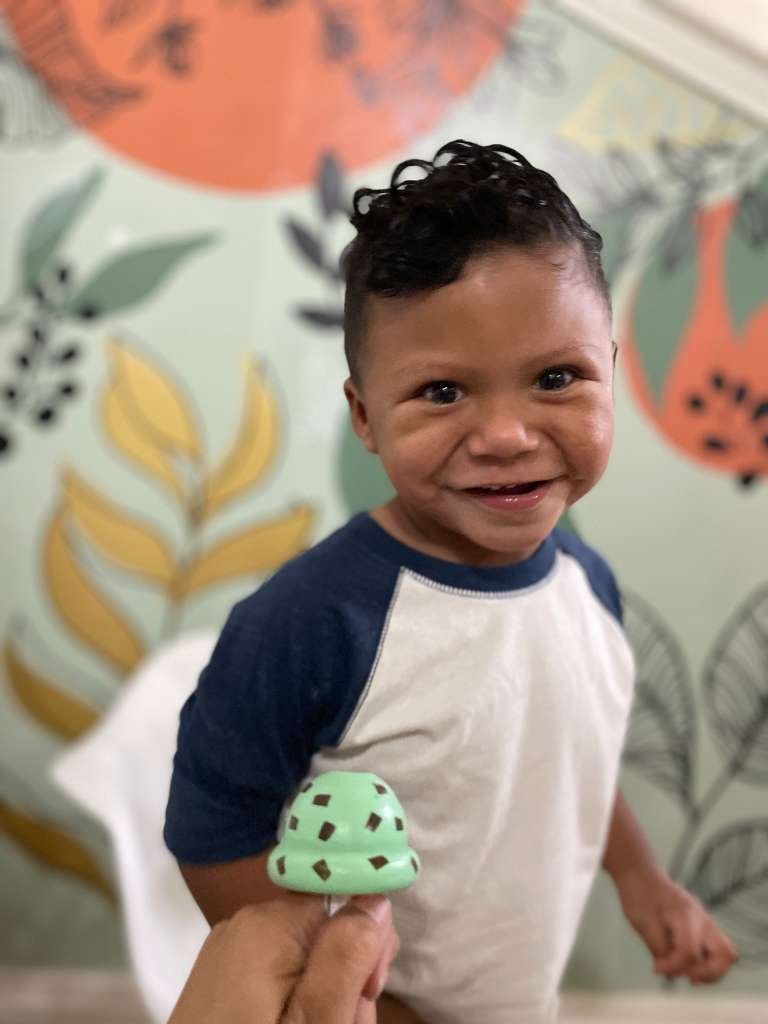
Disability Discrimination
1. What is disability discrimination in childhood?
Disability discrimination in childhood occurs when a child receives unfair, unequal, or exclusive treatment due to a physical, intellectual, sensory, or developmental condition. Simply put, it is when a child is not allowed to participate, learn, or play like others just because they have a disability.
It is important to understand what disability discrimination is, because it is often confused with other concepts. Prejudice is a negative idea about someone before knowing them. School exclusion happens when a child is separated from educational or recreational activities. Discrimination combines both: negative beliefs that translate into actions that limit learning, socialization, and equality. Identifying these differences allows parents to act in time and demand fair and respectful treatment.
2. Main causes of discrimination against children with disabilities
There are several causes behind discrimination in childhood. One of the most common are cultural stereotypes and prejudices that lead people to believe a child with a disability “cannot” learn or play like others. These stigmas create invisible barriers that harm children’s self-esteem and reduce their opportunities for growth.
Another frequent cause is the lack of information and inclusive education. Many teachers, parents, and even peers do not know how to interact with a child with a disability, which generates fear, rejection, or attitudes that hinder integration. Added to this are physical and social barriers: schools without ramps, lack of adapted materials, untrained staff, or indifference that reinforces exclusion.
3. Common examples of discrimination in childhood
The examples of disability discrimination in childhood are diverse and affect different areas of a child’s life. In school, some are excluded from regular classes or do not receive the support they need to participate fully. In play and sports, children are often not allowed to join because they are considered “incapable,” limiting their right to recreation.
Discrimination also occurs in access to healthcare and basic services when there are no trained professionals or adequate resources, delaying diagnoses and treatments. Even in family and community life, children may face criticism or rejection in public spaces, leading to social isolation. These examples highlight the urgent need to build a more empathetic and inclusive society.
4. Consequences of discrimination in children with disabilities
The consequences of discrimination are profound and affect both the child and their environment. On an emotional and psychological level, children may experience sadness, anxiety, or low self-esteem. Constant rejection makes them feel less valuable and weakens their self-confidence.
Academically and socially, the lack of adequate support impacts their school performance and limits their integration with peers, reinforcing isolation. Families also suffer when they see their children excluded, generating stress, emotional overload, and a sense of injustice that extends to the community.
5. Legal framework and rights of children with disabilities
The protection of children with disabilities is supported by international treaties such as the Convention on the Rights of the Child and the Convention on the Rights of Persons with Disabilities (CRPD). These documents establish that all children have the right to education, healthcare, and social participation without discrimination.
At the national level, many countries have laws that guarantee school inclusion and penalize discriminatory acts. Knowing these laws is essential for parents to defend their children’s rights. In addition, there are reporting mechanisms and support organizations that guide and accompany families.
6. Strategies to prevent and combat childhood discrimination
Preventing discrimination starts with inclusive education. Training teachers and students in values of respect and empathy helps create fairer environments. Reasonable accommodations in schools and recreational spaces —such as ramps, adapted materials, or flexible teaching methods— are also essential for equal opportunities.
Parents and teachers must work together to detect cases of discrimination and provide emotional support. Social workers also play a key role in guiding families and promoting community networks. Finally, fostering empathy from childhood through inclusive games and activities teaches children to value diversity as a strength.
7. Inspiring stories and support resources
The stories of children and families facing discrimination with resilience are a source of inspiration. Many parents highlight how their children, with small acts of courage, have transformed their schools and communities. There are also programs and organizations that provide legal, emotional, and recreational support, strengthening family networks.
Among educational resources, inclusive materials and children’s books are particularly valuable. One recommended resource is “My Brother Doesn’t Speak but His Heart Does”, a story designed to raise awareness among children and adults about the importance of empathy and inclusion. These tools help parents educate with love and build a fairer future for all.
Talking about discrimination also means talking about resilience. When a family receives an unexpected diagnosis about their child’s disability, fears and doubts arise; however, learning to face it with hope is possible. In this sense, the article How to Face a Diagnosis with Resilience offers an inspiring perspective on how to turn adversity into a path of personal and family growth.
